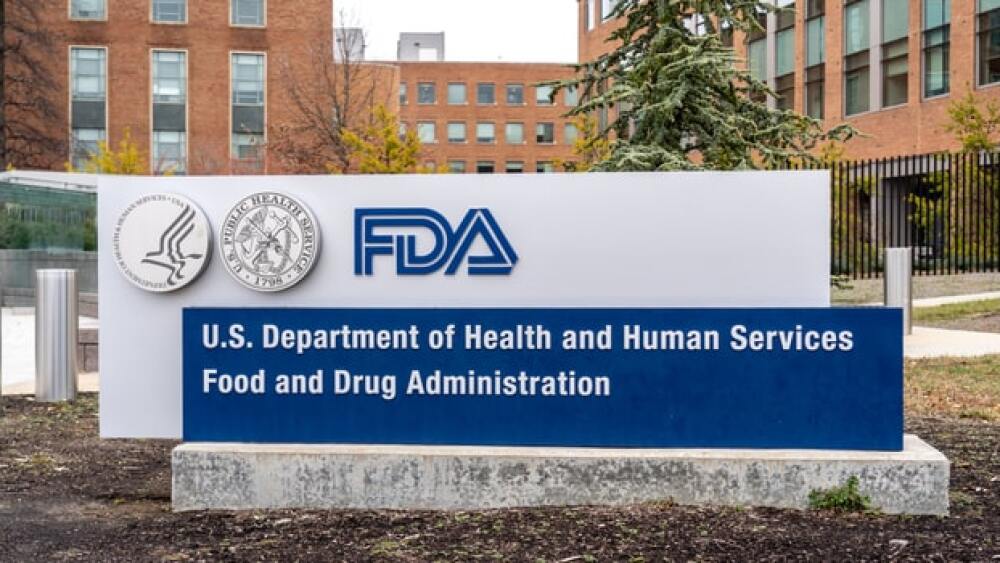AstraZeneca released positive data from the Phase III THALES trial of Brilinta (ticagrelor) used twice a day with an aspirin.
AstraZeneca released positive data from the Phase III THALES trial of Brilinta (ticagrelor) used twice a day with an aspirin. The drug decreased the rate of stroke and death by 17% compared to aspirin alone in people who had an acute ischemic stroke or transient ischemic attack (TIA).
This is a follow-up on an initial announcement made in January.
Brilinta is an oral, reversible, direct-acting P2Y12 receptor antagonist. It inhibits platelet activation. Basically, it’s a blood thinner that decreases blood clotting. Together with aspirin, Brilinta has shown to significantly decrease the risk of cardiovascular events like myocardial infarction, stroke or cardiovascular death in patients with ACS or a high risk of developing an atherothrombotic event.
It is approved in more than 110 countries for the prevention of atherothrombotic events in adults with acute coronary syndrome (ACS) and in more than 70 countries for secondary prevention of cardiovascular events in high-risk patients who had a heart attack. In May, it received US approval for a label update to include the reduction of the risk of a first heart attack or stroke in high-risk patients with coronary artery disease.
The detailed analysis also showed that Brilinta significantly decreased the rate of the first secondary endpoint of the study of ischemic stroke by 21% compared to aspirin alone up to the 30th day of the study. The risk of severe bleeding was 0.5% in the aspirin-plus-Brilinta cohort and 0.1% in the aspirin-only group.
“About one in four stroke survivors go on to experience a second stroke, and the result is particularly high within the first month after the initial event,” said Clay Johnston, lead investigator of the THALES trial and Dean of the Dell Medical School at The University of Texas in Austin. “Early treatment is important to prevent a subsequent stroke that may be disabling or fatal. It is also expected to improve long-term outcomes.”
The company is waiting for the U.S. Food and Drug Administration (FDA) to make a decision on its supplemental New Drug Application (sNDA) for the reduction of subsequent stroke in patients who had an acute ischemic stroke or TIA. It was accepted earlier this month, was granted Priority Review, and has a target action date for the fourth quarter of this year.
The THALES trial involved more than 11,000 patients in 28 countries. Patients were randomized within a day of onset of acute ischemic stroke or high-risk TIA symptoms and followed for 30 days of treatment. Patients received open-label aspirin 300-325mg on day 1 followed by 75-100mg once a day on days 2-30. The other group received aspirin and Brilinta 180mg loading dose on day 1 as soon as possible after randomization, followed by 90mg twice a day on days 2-30.
The primary efficacy endpoint was time to the composite endpoint of stroke and death at 30 days. The primary safety outcome was time to first severe bleeding event per the Global Utilization of Streptokinase and Tissue Plasminogen Activator for Occluded Coronary Arteries (GUSTO) definition, which included fatal bleedings, intracranial hemorrhage, and bleeding causing hemodynamic compromise requiring intervention. Patients were then followed for an additional 30 days on standard of care.
“Patients who had an acute ischemic stroke or transient ischemic attack may experience a subsequent, potentially avoidable stroke,” said Mene Pangalos, executive vice president, AstraZeneca’s BioPharmaceuticals R&D. “Results from the Phase III THALES trial confirm that aspirin plus Brilinta has the potential to be a new effective treatment option for these high-risk patients and we look forward to continuing discussions with regulatory authorities.”





